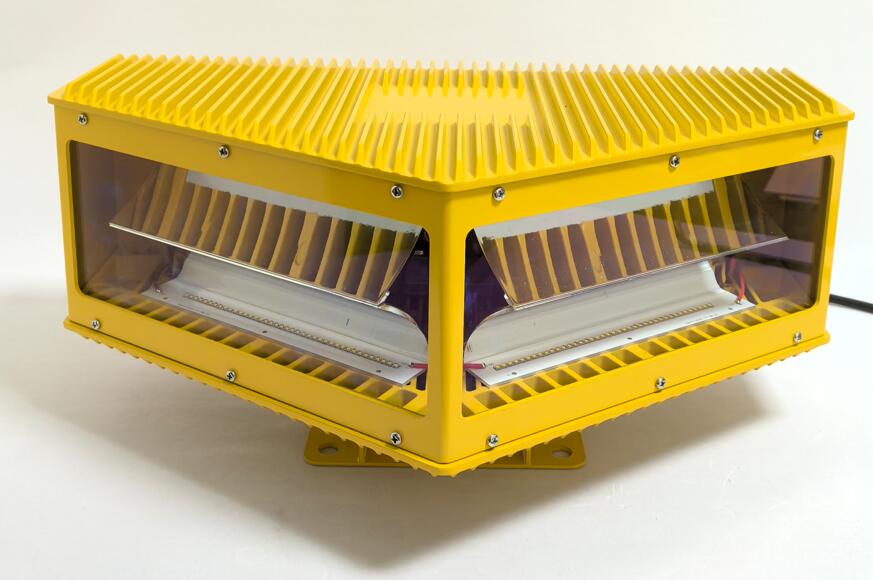Obstruction Light Aviation: The Invisible Guardians of Flight Safety
In the complex three-dimensional world of aviation, obstruction light aviation systems serve as silent protectors, creating a visual language that keeps aircraft safely separated from potential hazards. These specialized lighting solutions form an essential layer of aviation safety infrastructure, working continuously to prevent collisions between aircraft and man-made structures. This article examines the critical role, evolving technology, and future trends of obstruction light aviation systems in modern airspace management.
The Critical Role of Aviation Obstruction Lighting
1. Collision Prevention Systems
Primary visual warning for low-flying aircraft
Essential for nighttime and reduced visibility operations

Creates spatial awareness for pilots in congested airspace
Complements radar and other electronic warning systems
| obstruction light aviation |
2. Regulatory Framework
ICAO Annex 14 global standards
FAA AC 150/5345-43J specifications
EASA CS-ADR-DSN requirements
Local aviation authority adaptations
3. Height-Based Classification System
Low-intensity (L-810/L-864): <45m structures
Medium-intensity (L-864/L-865): 45-150m structures
High-intensity (L-856/L-857): >150m structures
Dual systems combining multiple intensity levels
Technical Specifications and Performance Standards
1. Light Characteristics
Color specifications (red/white/dual)
Flash patterns and synchronization
Beam distribution requirements
Photometric performance standards
2. Environmental Durability
Operating temperature ranges (-40°C to +70°C)
Weather resistance (IP66/67 ratings)
UV and chemical resistance
Vibration and impact tolerance
3. Power and Reliability Features
Multiple power supply options
Battery backup systems
Automatic brightness adjustment
Remote monitoring capabilities
Modern Technological Advancements
1. LED Revolution
50,000+ hour lifespan
Instant activation
Precise beam control
80% energy reduction
2. Smart Lighting Systems
Automatic fault detection
Wireless status reporting
Predictive maintenance alerts
Cloud-based monitoring platforms
3. Sustainable Solutions
Solar-powered units
Energy-harvesting designs
Wildlife-friendly lighting
Reduced light pollution features
Specialized Applications
1. Urban Infrastructure
Skyscrapers and tall buildings
Communication towers
Bridge and crane lighting
Construction site markers
2. Industrial Installations
Wind turbine farms
Power plant chimneys
Offshore platforms
Pipeline markers
3. Transportation Infrastructure
Airport obstacle lighting
Railway catenary markers
Harbor and port lighting
Mountain pass indicators
Installation and Maintenance Best Practices
1. Strategic Placement
Top-mounted primary units
Intermediate level markers
Proper spacing calculations
Correct aiming angles
2. Maintenance Protocols
Regular photometric testing
Lens cleaning procedures
Electrical system checks
Structural integrity inspections
3. Performance Verification
Nighttime visibility checks
Flash pattern verification
Color consistency testing
System synchronization testing
Future Trends in Obstruction Lighting
1. Intelligent Systems
Aircraft-activated lighting
Weather-adaptive brightness
AI-powered maintenance prediction
Integrated air traffic data
2. Advanced Materials
Self-cleaning surfaces
Ice-phobic coatings
Conductive polymers
Nano-coated lenses
3. Sustainable Development
Zero-energy lighting solutions
Biodegradable components
Light pollution reduction
Wildlife protection designs
Global Standardization Challenges
1. Harmonization Efforts
ICAO/FAA/EASA alignment
Unified testing protocols
Global certification recognition
Standardized documentation
2. Regional Variations
Local aviation authority requirements
Climate-specific adaptations
Urban vs. rural applications
Military vs. civilian standards
3. Emerging Technologies
Li-Fi enabled markers
Holographic warning systems
Drone detection integration
Space traffic considerations
Obstruction light aviation systems represent a critical yet often overlooked component of global aviation safety infrastructure. As airspace becomes increasingly crowded with both manned and unmanned aircraft, these lighting solutions continue to evolve, incorporating smarter technologies and more sustainable designs while maintaining their fundamental safety mission.
The future of obstruction light aviation points toward greater integration with air traffic management systems, more environmentally conscious designs, and increasingly intelligent operation. For aviation authorities, infrastructure owners, and lighting manufacturers, the ongoing development of these vital safety systems remains essential to protecting lives in our three-dimensional transportation networks. Their silent vigilance continues to make the skies safer for all who fly.
